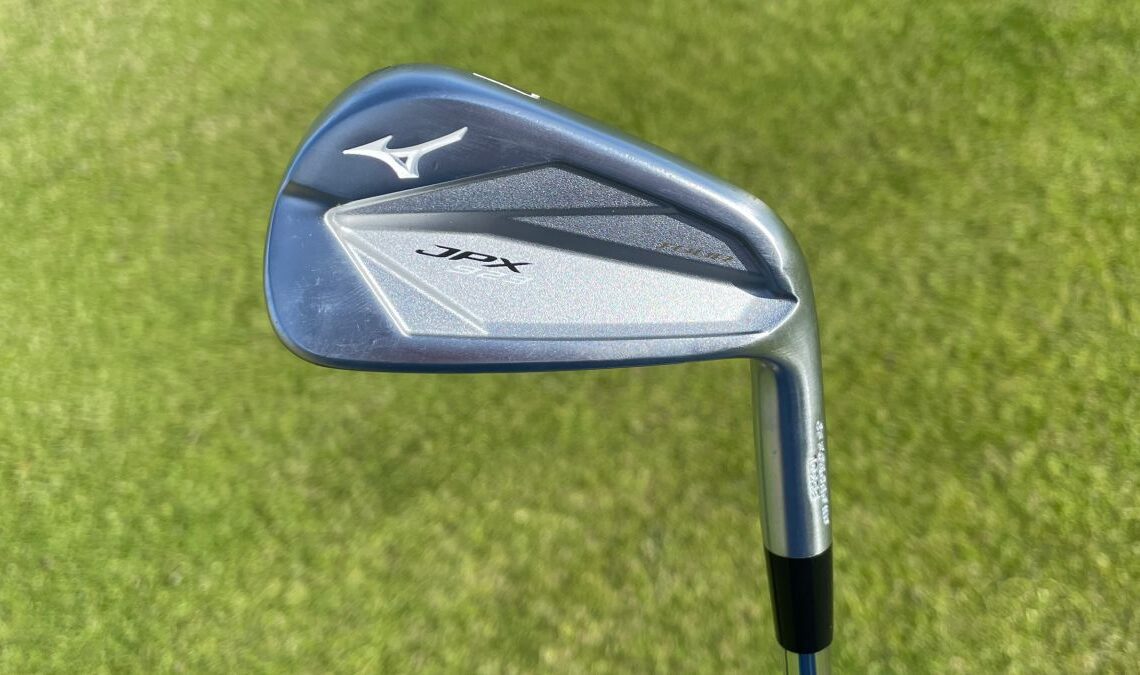Mizuno JPX923 Tour Iron Review
The JPX923 Tour will be one of Mizuno’s most popular irons on professional circuits because of the feel, feedback and workability it offers. For competent golfers that want a smidge more help versus what’s on offer in the bladed Mizuno Pro 221, this compact shallow cavity iron fits the bill perfectly.
VIDEO: See how the JPX923 Tour compares against the best irons for low handicappers
This latest iteration adds a copper underlay beneath the white satin brushed finish for a softer feel. Visually this iron ticks all the right boxes although it does accumulate small dinks easily, which means a set of iron head covers could be in order.
At address the Mizuno JPX923 Tour presents a thinner top line than its predecessor, certainly appealing to the low handicap golfer, while the irons from 6-iron to GW have a narrower blade length. Versus the best golf blades, the sizing is quite generous, but it remains compact to the point that you know you need to be a talented ball striker to get the most out of them.
(Image credit: Future)
Where this iron excels is in the feel department. It produces a noticeably dense, compressed feel helped by the muted, short sound at impact. It doesn’t feel as springy as the Mizuno JPX923 Forged, nor is it as stable off-centre but it seems to have a larger sweet spot than the Mizuno Pro 221. It’s brisk through the turf too thanks to the more rounded trailing edge at the back of the narrow sole.
The 7-iron in this set is very traditional with a loft of 34°, which means you need to have speed in the tank for it to perform. Our average carry was 160 yards and when we hit the ball solidly, it barely deviated from that but when we made a bad swing, it often dropped off by more than a handful of yards. I loved the mid-flight and abundance of spin (just under 6,000 rpm) which produced a piercing trajectory where the ball climbs gradually and then comes down sharply. With a descent angle close to 50°, you’ll have no issues in getting the ball to stop near to where it lands.
(Image credit: Future)
Mizuno’s goal was to create an iron that looks and feels like a blade but plays more like a players’ cavity back and it certainly delivers on this brief. When swinging well and in a groove, this iron is able to repeat the same shot time after time, but it also affords creativity on the course if you’re looking to working the ball into pins that are tucked away.
You could argue that the level of forgiveness is…
..
Click Here to Read the Full Original Article at Golf Monthly RSS Feed…
